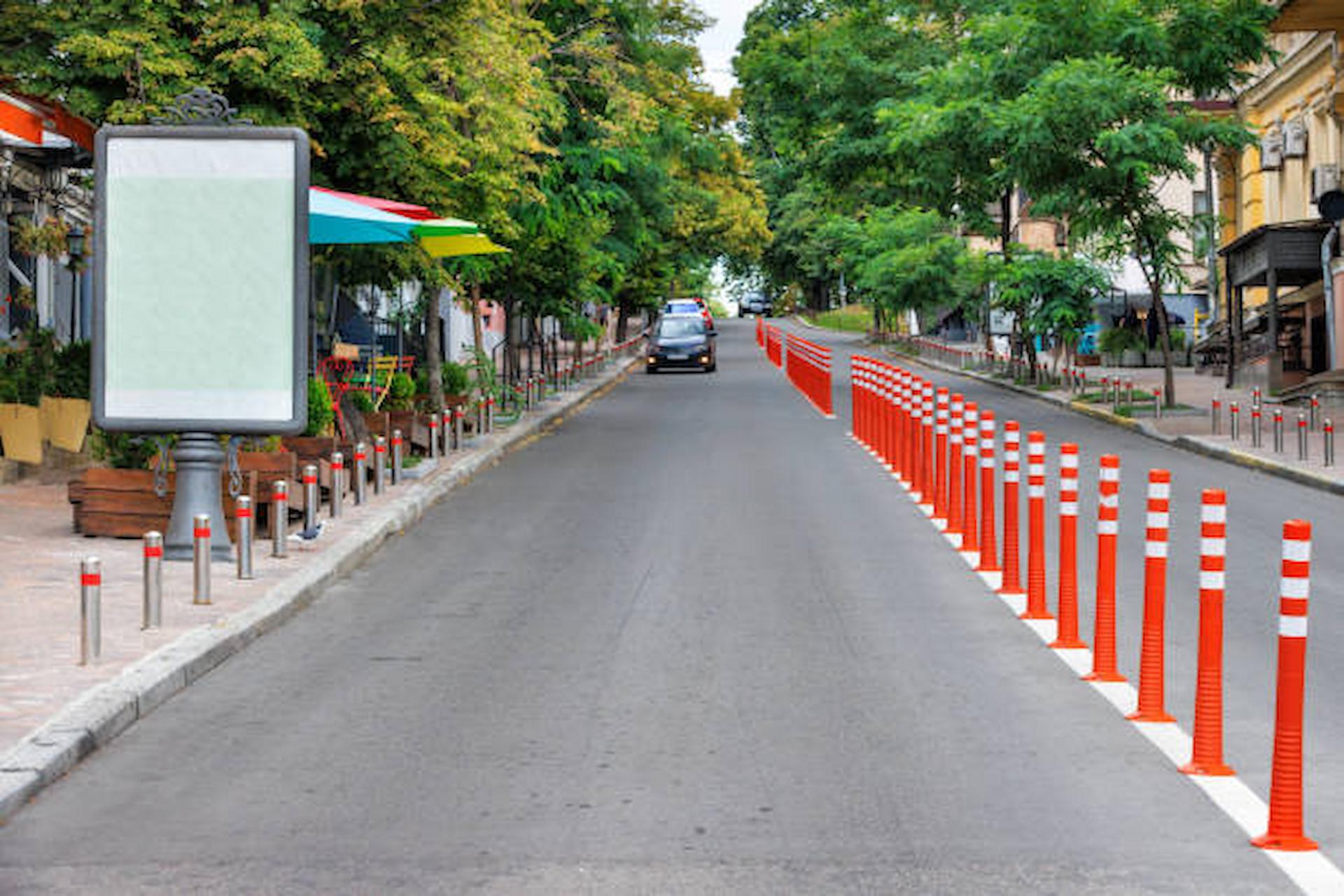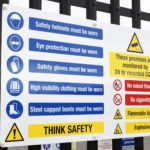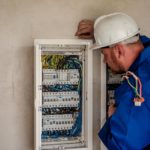
With the increasing number of accidents, every day one should take the necessary precautions for their safety only on their own. Whenever something happens, we often strike and blame the ruling powers, we are on the spot by blaming and beating, can our loved one come back, and why rely on someone when we can take necessary measures to prevent calamities, be it fires or house, vehicle breakdowns, pedestrian accidents. It’s not like we still haven’t developed the tools needed for security.
Causes Of Pedestrian Accidents
low visibility is the biggest threat to pedestrian safety. Accidents are most likely to happen in the dark or other challenging conditions such as rain, snow, or fog.
Accidents also happen more often in certain places. Nearly three-quarters of pedestrian deaths occur in the middle of the block, not at controlled intersections: the final quarter is split between intersections, shoulders, and places like parking lots. Municipalities and businesses research what types of accidents are most likely to occur in these different locations and use that information to install infrastructure to improve pedestrian safety, including light-controlled crosswalks, road bollards, speed reading boards, and other traffic barriers.
The Design Ensures The Safety Of Pedestrians
Education is one way to combat these threats, as certain pedestrian behaviours—including jumping in the middle of parked cars, running into a bus, or crossing lights—are ways pedestrians become vulnerable. However, education alone is not enough. In a busy city where people live complicated lives, anything from illness to exhaustion can cause even responsible people to lose focus.
Marked Crossings And Lanes
Giving pedestrians their own “lane” establishes the right of way. At a regulated intersection, a corner-to-corner crosswalk is typically marked between two parallel lines. However, pedestrian crossings are also effective: they attract attention and announce possible pedestrians at uncontrolled intersections from a turn to a corner.
Lighting
Since most pedestrian and vehicle accidents occur in the dark or other low-light conditions, street lighting is a very important part of ensuring pedestrian safety. Almost all city streets are well-lit for this reason.
Signals
Signals use lights or sounds to control driver and pedestrian behaviour. Brake lights at controlled intersections can be timed to support everyone. Countdown signal timers on pedestrian lights help people estimate whether they have time to cross, and beeping beeps can help attract the attention of cell phone zombies. Flashing lights at pedestrian crossings has proven to be very effective, especially at night. These signals often hang above the crosswalk and turn on when their button is pressed.
Installation of road bollards.
Bollards are short posts that provide guidance, access control, positioning, lighting, or security. Many types of Road bollards serve these different functions. The most common use of road bollards in single-family homes is as an entry barrier. These are especially popular in narrow streets, where non-residents sometimes park in front of the garage.
A set of collapsible driveway road bollards keeps the entrance to the garage clear. Multi-generational apartments with parking spaces also install parking bollards. A lockable entry bollard prevents the reserved parking space from being confused with visitor parking. Permanent Road bollards are designed for long-term use and are often embedded directly into the ground for permanent protection.
Pedestrian accidents can be prevented by following the above steps. Town planners usually keep the above points in mind when building, but no one can help you if you don’t follow the guidelines or rules. They are indicated for your safety, it has been seen that when these precautions are consistently taken, the number of accidents has decreased significantly.



